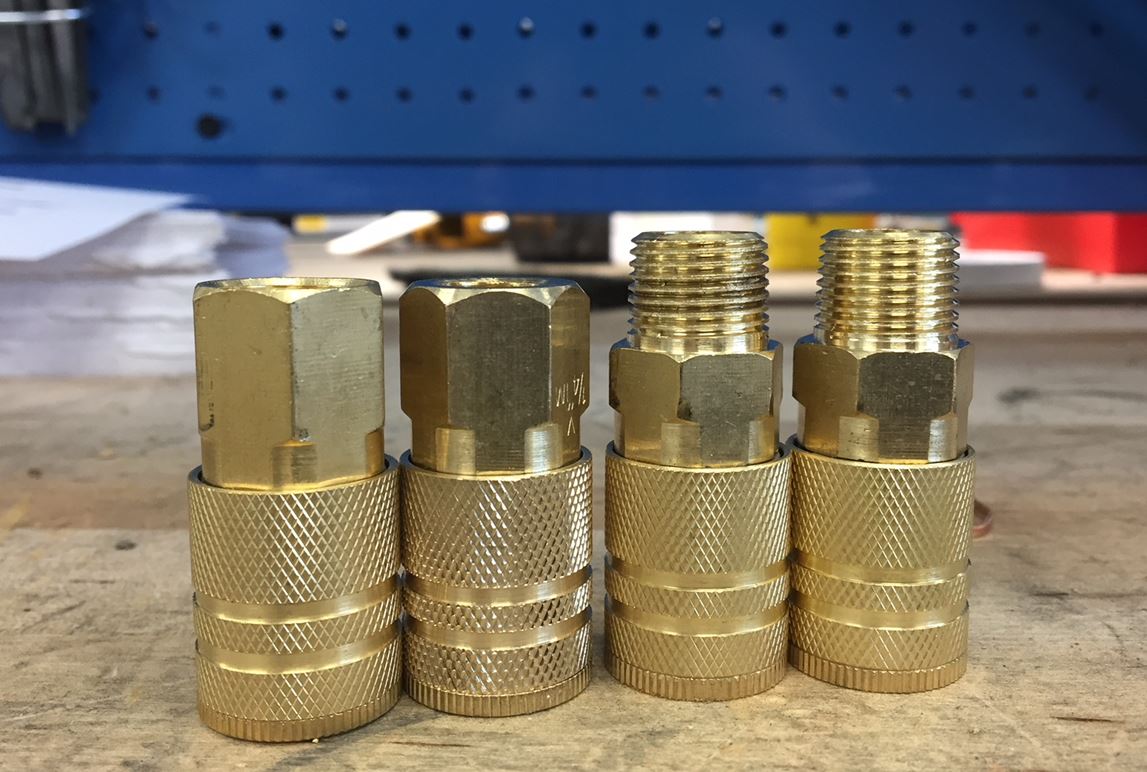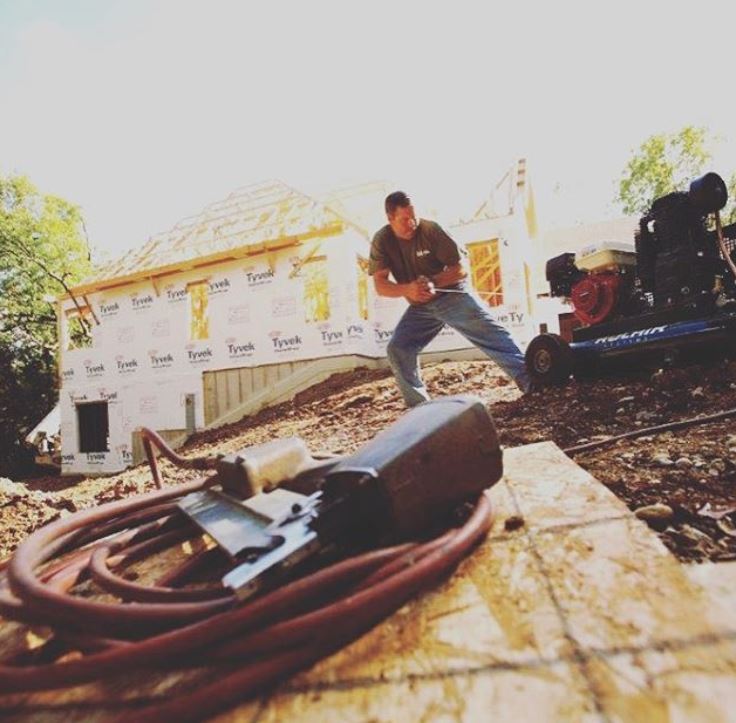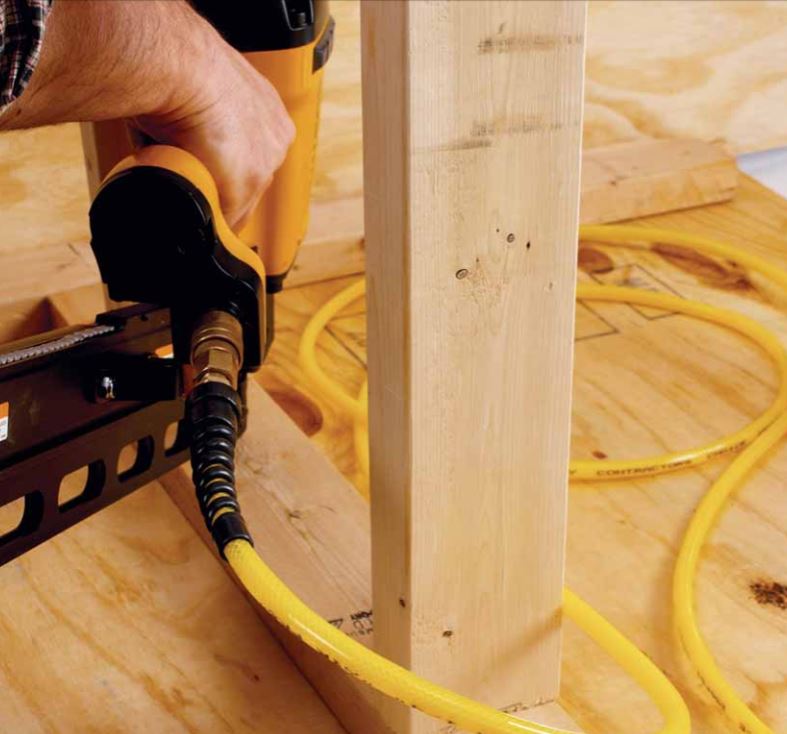Under Pressure — PSI, CFM & Air Fittings Explained

If you own a home (or work on them), chances are you’ve got a pneumatic tool in your garage. But you may be confused by PSI and what it means. You’ve probably also heard of CFM in relation to air compressors. Let’s take a look and clarify, so you can choose the right compressor for your air tool.

First of all, PSI stands for pounds per square inch (or pound force per square inch). Most air tools require between 70 and 90 PSI. Any light-to-medium-duty air compressor can easily handle 90 PSI, but you always want the compressor to supply more flow than needed.
Pro Tip: Always respect a PSI rating. If you don’t supply enough air volume, the tool won’t operate correctly. Too much force, and you can damage the tool.
CFM and SCFM
CFM stands for cubic feet per minute. This is the air flow or air volume that a compressor can supply - or its output. Many pneumatic power tools require a CFM of about 5, but it really varies. A pneumatic stapler might just need 0.3 CFM, while a framing nailer may require 2.2 CFM.
Continuous use tools need more air volume and therefore have a higher CFM requirement. A constantly spinning sander might have a CFM requirement of 8, (8 CFM @ 90 PSI for example), while a nail gun, which requires single bursts of air might have a lower CFM rating of 2.8.
Pro Tip: To find out the minimum CFM, multiply your tool’s required CFM by 1-½ (CFM X 1.5).

SCFM, by the way, stands for Standard Cubic Feet per Minute. This is considered the more “scientific” or exact, measurement. SCFM attempts to arrive at a more accurate measurement by ruling out differences in air temperature and humidity. The standard conditions used to calculate SCFM are: 14.7 psia (0 psig), 68 degrees Fahrenheit at 36 percent relative humidity.
In this video from Ask This Old House, Tom Silva explains how a tool with a smaller PSI might require a greater SCFM. You’ll also get some helpful tips for maintaining your compressor.
Tank Volume
With regards to air pressure, you’ll also want to consider how long you’re running the tool, and how many tools you’re using at one time on your compressor. Tank volume determines how long the compressor can produce air, before the motor has to kick on and re-pressurize the tank. The more continuous use of air pressure a tool requires, the greater the tank size needed.
Tank sizes range from 1 gallon to 80 gallons, but a single power tool may only need a maximum 5 gallon tank. You’ll notice that the compressor emits 3.5 CFM @ 90PSI, enough to power most nail guns.
Another thing to consider is how many tools will be connected to the tank at once. If three power tools will be in use simultaneously, each with a rating of 5 CFM @ 90 PSI, you’d need a minimum of 15 CFM output from your compressor. A good choice for powering several air tools at once, consider the RolAir 8422HK30.
For MORE information on air compressors, check out Nail Gun Network articles and videos.
Air Fittings
You may have noticed the different options for compressor fittings (also called "couplers"). Fittings are necessary to connect the air hose to the compressor, and come in two variations. FPT, which stands for female pipe thread, has an internal threading. MPT, or male pipe thread, has external threading instead.

For an example of each type of thread, see the image above. The two fittings on the right have an MPT. Those on the left are FPT.
Both FPT and MPT fall under the category of thread taper known as NPT (National Pipe Taper), incidentally the most commonly used pipe thread type in America. So, which type of fitting do you need? It all depends on the type of connection setup you have or want. The size of the fitting (usually ¼” or ⅜”) is determined by the air hose and the tool.
~ The Team at Nail Gun Depot


